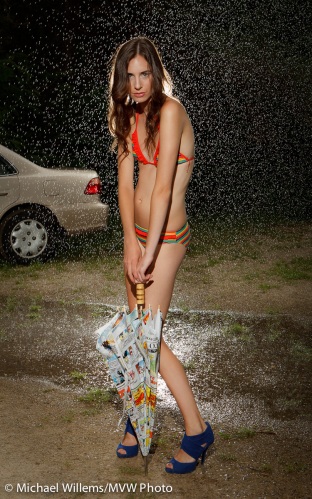A quick Q&A note about memory cards today.
Q: How many of them do I need?
- Get many.
- Get more.
- Now get more.
Memory cards, I have said for years, are just like baskets. Photos are like eggs. Need I say more?
Q: Do I need fast cards?
Not necessarily. For video and for fast shooting as in sports a fast card is needed. For everything else, there is little need. Fast cards are convenient (faster review, faster writing of the buffer) but not necessary.
Q: Should I buy brand names?
Yes. Lexar, Sandisk, etc are in fact electronically better.
Q: What size?
It depends. I like 16 GB for the big cameras but only because I can write to two cards at once, and because my big cameras write big files. Normally I would say 8-16 GB, no larger.
And when travelling, 4GB cards. Why? Because a 4GB card will write in its entirety to a DVD. An 8 GB card, on the other hand, has to be written to two DVDs which will increase the confusion factor.








